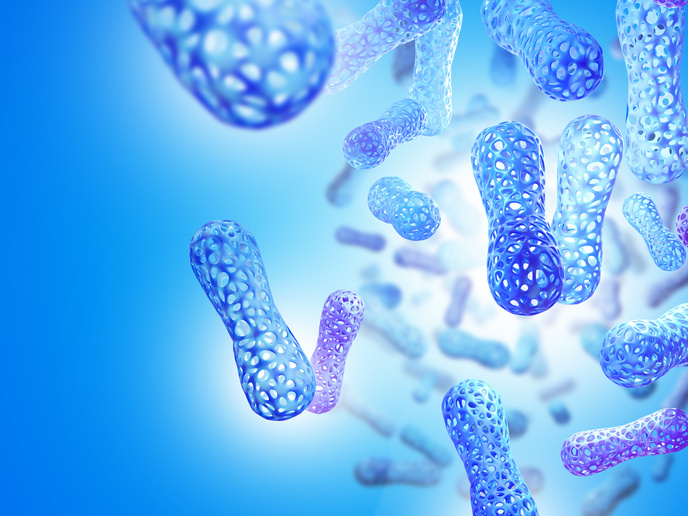Mouse models contribute to understanding human health and disease
The EU-funded project INFRAFRONTIER-I3(opens in new window) project has preserved and supplied mouse models to relevant European and global research communities. New disease models were developed, phenotyped and archived, and are now accessible in the European Research Area (ERA) and beyond. The initiative involved free-of-charge access to lines and phenotyping as well as provision of germ-free mice. Standard operating procedures for phenotyping and cryopreservation were developed and training courses offered in these two areas. New lines were stored in the European Mouse Mutant Archive (EMMA). Strains were donated from across Europe, with major contributions from Germany, France and the United Kingdom. Overall, 23 partners from 16 countries comprised the INFRAFRONTIER-I3 consortium, including a total of 16 EMMA nodes representing 14 countries. The project was a collaborative effort, carrying transnational access calls for mouse production projects. The most promising proposals led to the development of 29 new mouse models of human diseases, covering a wide range of key research areas such as cancer and diabetes, amongst others. Resources and services were benchmarked with other major mouse repositories and included free archiving of mice in EMMA, a mouse ordering service, and mouse production and phenotyping for European researchers. There was also a search facility for EMMA strains by type, genes and human diseases. Ultimately, 1 215 new mouse mutant lines were archived in EMMA, supporting its development as the third largest mouse repository, holding 6 000 mouse mutants. This unique resource will enable European researchers to investigate molecular mechanisms behind disease and therapeutic solutions. INFRAFRONTIER-I3 efforts will promote a more coordinated approach between infrastructure operators, users and public authorities, and global initiatives such as the International Mouse Phenotyping Consortium (IMPC). In addition, closer interaction between researchers will facilitate the wider sharing of knowledge and techniques across scientific fields and between academia and industry.







